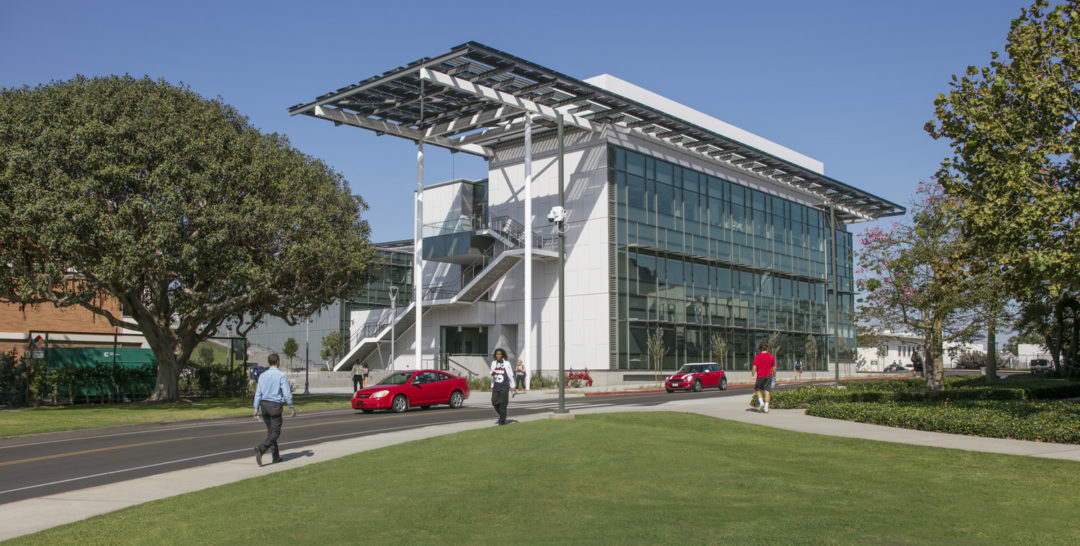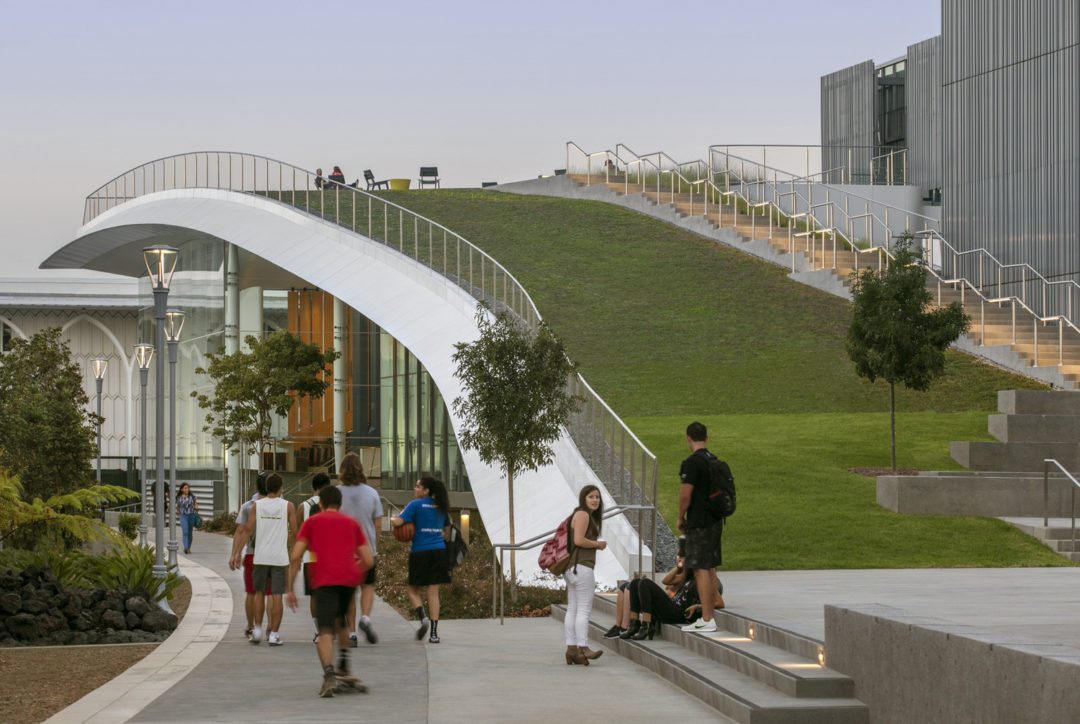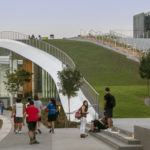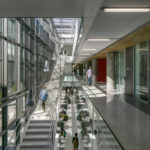Loyola Marymount University Life Sciences Building
Project's Summary
The Loyola Marymount University Life Sciences Building represents a significant advancement in campus architecture, embodying a modern aesthetic that aligns with the university's commitment to interdisciplinary science education. Designed by CO Architects, this building serves as a hallmark of innovation and sustainability on the university campus, setting a new standard for future developments.

As the first newly constructed building under the LMU Campus Master Plan, the Life Sciences Building integrates cutting-edge teaching laboratories with faculty offices and shared spaces, fostering an environment that encourages collaboration among students and faculty. The design reflects a thoughtful approach to educational needs, emphasizing connectivity and accessibility.

With facilities that include a 280-seat auditorium and a subterranean parking structure for 272 vehicles, this project enhances the campus experience for all users. The building is not just a space for learning; it is a community hub that supports various academic programs while promoting sustainable practices in line with Labs 21 environmental performance criteria.

Targeting LEED Silver certification, the Life Sciences Building showcases the university's dedication to sustainability. Its architectural features are designed to minimize environmental impact while maximizing energy efficiency, providing an optimal learning environment for students in the fields of biology, chemistry, and natural science.

In conclusion, the Loyola Marymount University Life Sciences Building is more than just an academic facility; it is a symbol of the university's vision for the future of education. With its state-of-the-art design and commitment to sustainability, it stands as a teaching tool in itself, inspiring the next generation of scientists and educators.
Read also about the MODERN HIGH-TECH INDIVIDUAL HOUSE - Wizhevsky Architect project






